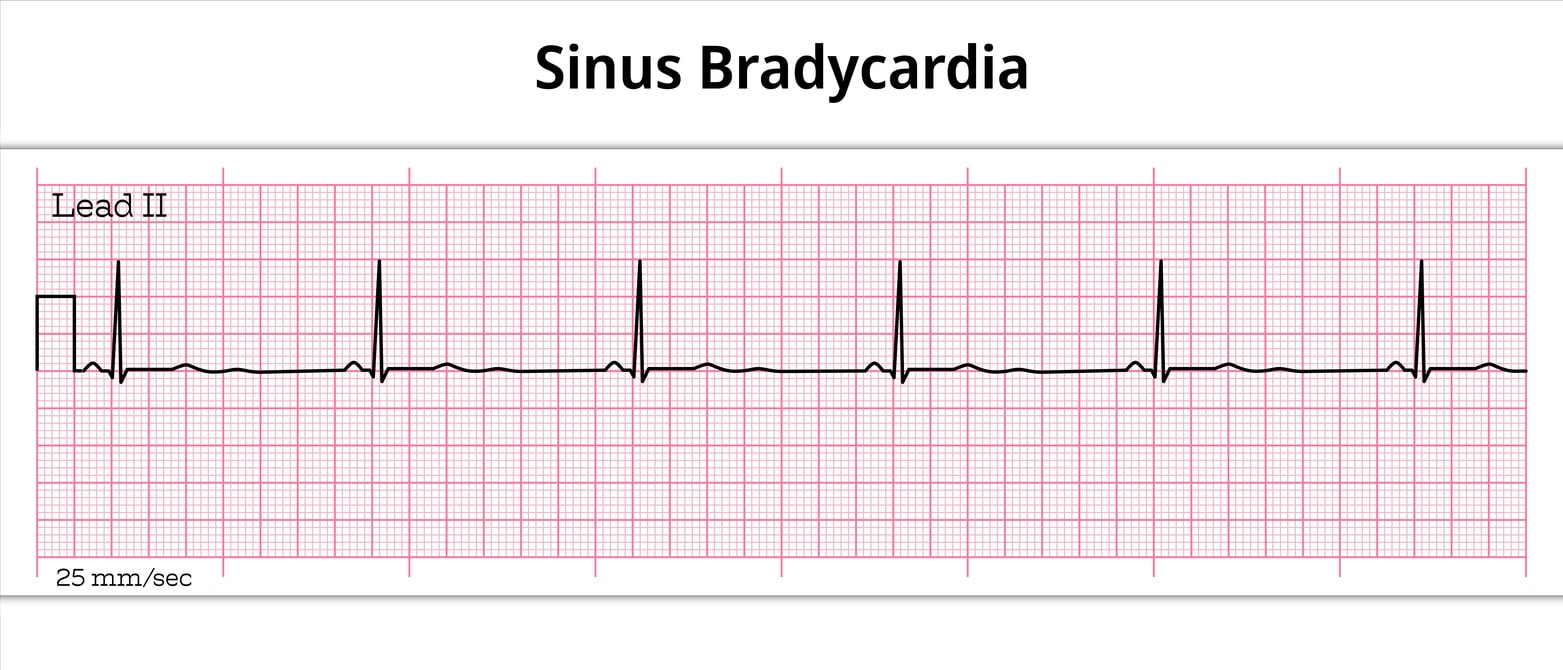

When a child or infant presents with a heart rate that’s too fast for their age, it’s a critical situation. This condition, known as tachycardia, can compromise heart function and lead to serious complications if not managed quickly and correctly. For healthcare professionals, the Pediatric Advanced Life Support (PALS) Tachycardia Algorithm provides a systematic, evidence-based roadmap for evaluating and treating this emergency.
Understanding and applying the PALS Tachycardia Algorithm is a core competency for anyone involved in pediatric emergency care. It ensures that every action, from initial assessment to specific interventions, is performed logically and effectively.
The PALS Tachycardia Algorithm is a standardized guideline developed by the American Heart Association (AHA) to manage tachyarrhythmias in pediatric patients. The primary goal is to quickly identify the type of tachycardia, assess its impact on the patient’s stability, and deliver appropriate, timely interventions. The algorithm is designed to prevent the patient’s condition from deteriorating into cardiac arrest.
The process begins with the initial assessment to determine if the tachycardia is causing hemodynamic instability. Based on this crucial first step, the algorithm branches into different pathways for stable and unstable patients, guiding providers through medication choices, electrical therapies, and expert consultation.
The first and most important step is to rapidly assess the patient’s hemodynamic stability. The key question is: “Does the tachycardia cause cardiopulmonary compromise?” Signs of instability include:
If any of these signs are present, the patient is considered unstable, and you must act immediately. If the patient is alert, has good perfusion, and normal blood pressure, they are considered stable, allowing for a more measured approach.
For an unstable patient, time is critical. The algorithm prioritizes immediate intervention to restore normal heart rhythm and perfusion.
If the patient is unstable, the recommended treatment is immediate synchronized cardioversion. This procedure delivers a controlled electrical shock that is synchronized with the QRS complex of the ECG. The goal is to “reset” the heart’s electrical activity and allow a normal sinus rhythm to resume.
If cardioversion is not immediately available, you may consider administering adenosine while preparing the equipment, but this should not delay the electrical intervention.
If the patient is stable, you have more time to identify the specific type of tachycardia using a 12-lead ECG. The treatment path depends on whether the QRS complex is narrow (≤0.09 seconds) or wide (>0.09 seconds).
A narrow-complex tachycardia is most often Supraventricular Tachycardia (SVT).
A wide-complex tachycardia can be more difficult to diagnose and is often assumed to be Ventricular Tachycardia (VT) until proven otherwise.
Regardless of the initial treatment path, it’s crucial to identify and treat the underlying causes of the tachycardia. Common causes include hypoxia, hypovolemia, fever, pain, and electrolyte imbalances.
After successful conversion to a normal sinus rhythm, continue to monitor the patient closely. A 12-lead ECG should be obtained to analyze the restored rhythm. In nearly all cases of tachyarrhythmia, consulting a pediatric cardiologist or other specialist is essential for ongoing management and to prevent recurrence.
The PALS Tachycardia Algorithm is a vital tool, but reading about it is just the first step. True mastery comes from hands-on practice and expert-led training. At Safety Training Seminars, we offer American Heart Association (AHA) certified PALS courses designed to build your confidence and competence in pediatric emergencies. Our blended learning approach allows you to complete the online coursework at your own pace before attending a brief, in-person skills session at one of our 70+ locations.
Our experienced instructors guide you through realistic scenarios, ensuring you can apply the PALS algorithms effectively when it matters most. Upon completion, you receive your official AHA certification card the same day. Join the thousands of healthcare professionals who trust us for their certification needs and be prepared to save a young life.
Ready to get certified? Book your PALS class with us today and take the next step in your professional development.